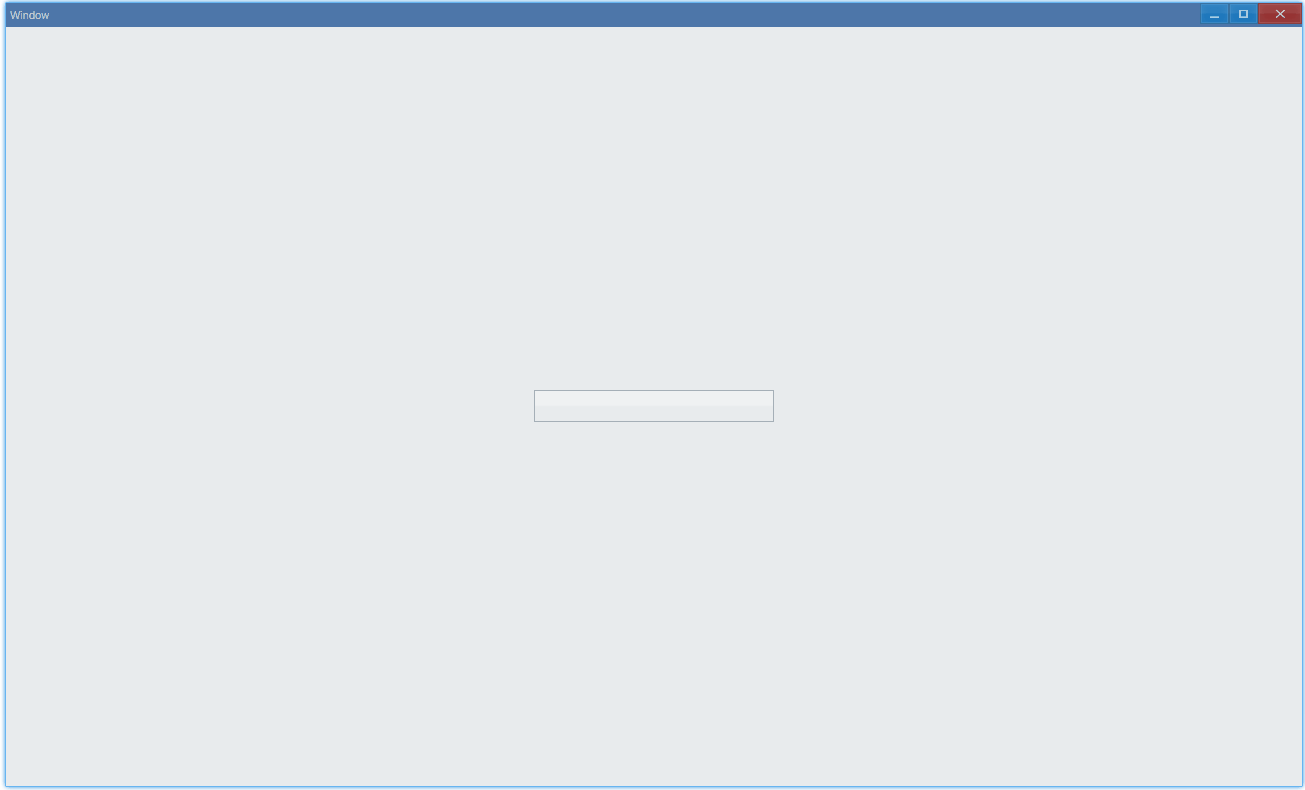Progress
Examples#
Basic#
export function App() { return ( <Window> <DemoLayout> <Progress value={75} max={100} animation></Progress> </DemoLayout> </Window> );}
interface IDemoLayoutProps { children?: any[] | any; width?: string; height?: string;}
function DemoLayout(props: IDemoLayoutProps) { const width = props?.width ?? '240dpx'; const height = props?.height ?? '32dpx';
const demoLayout = { columns: `1 ${width} 1`, rows: `1 ${height} 1`, areas: { center: { row: 1, column: 1 }, }, }; return ( <Grid style={{ layout: demoLayout }}> <Grid style={{ area: demoLayout.areas.center }}> {props.children} </Grid> </Grid> );}In this example, we demonstrate the basic usage of progress.
animation controls the flowing light.
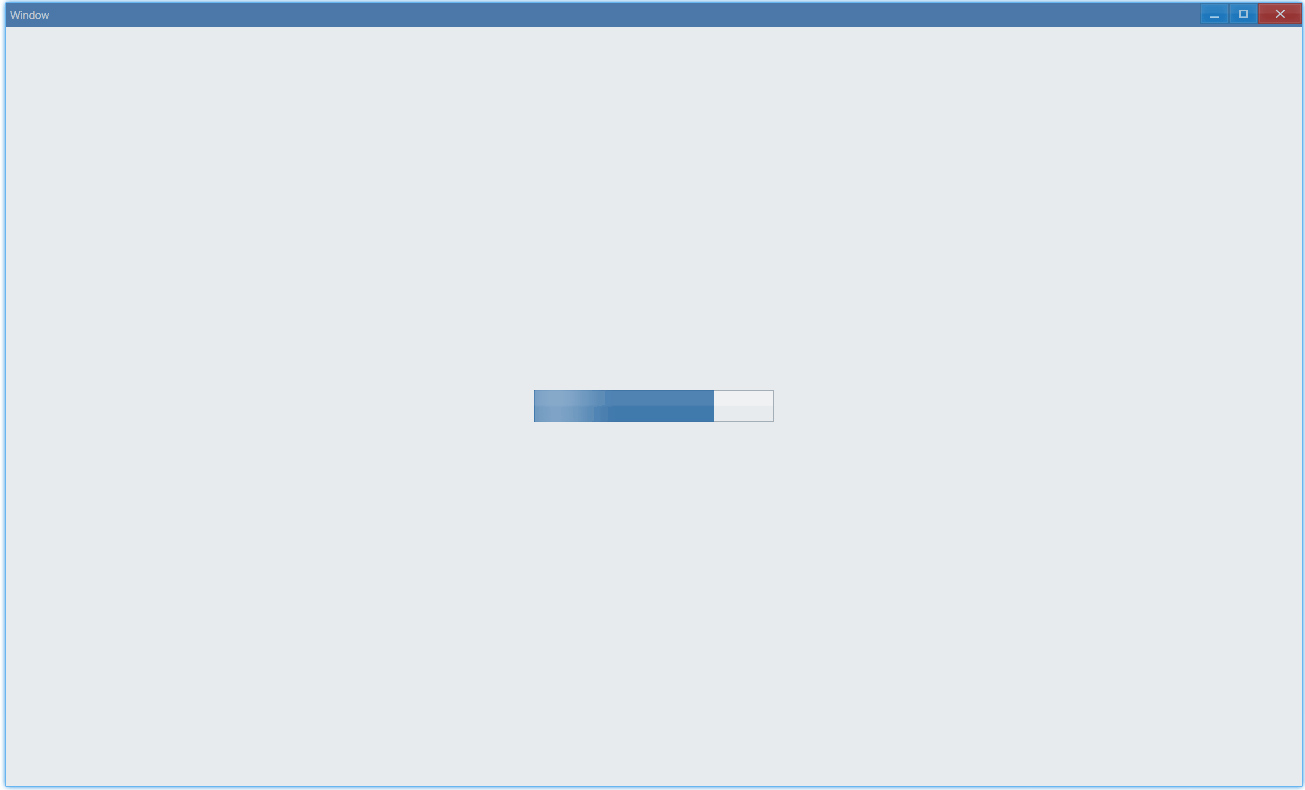
API#
export interface IProgressComponentProps extends IComponentProps { value: number; max?: number; animation?: boolean;}State#
Use state to change the status of progress:
export function App() { return ( <Window> <DemoLayout> <Progress value={75} max={100} animation state={ProgressBarState.Normal} ></Progress> </DemoLayout> </Window> );}- Normal
- Paused
- Error
- Pulse

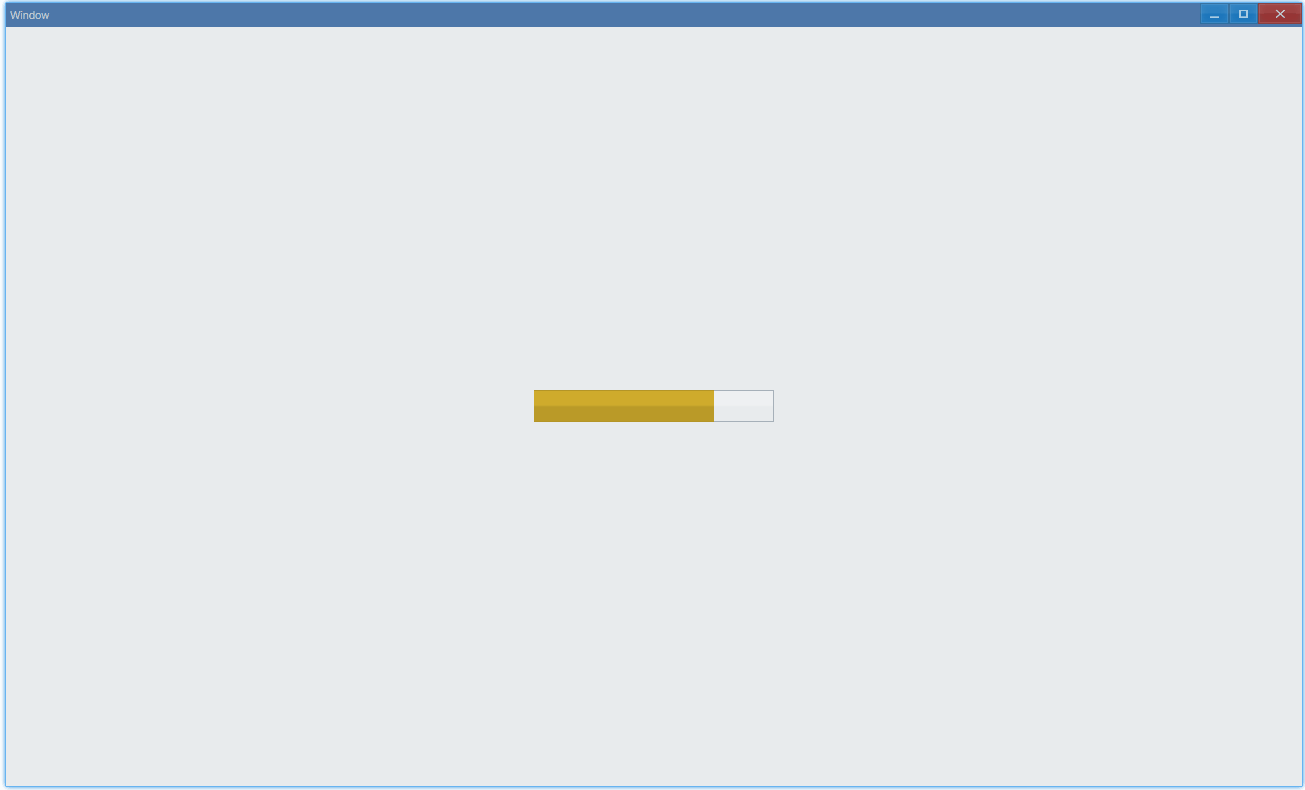
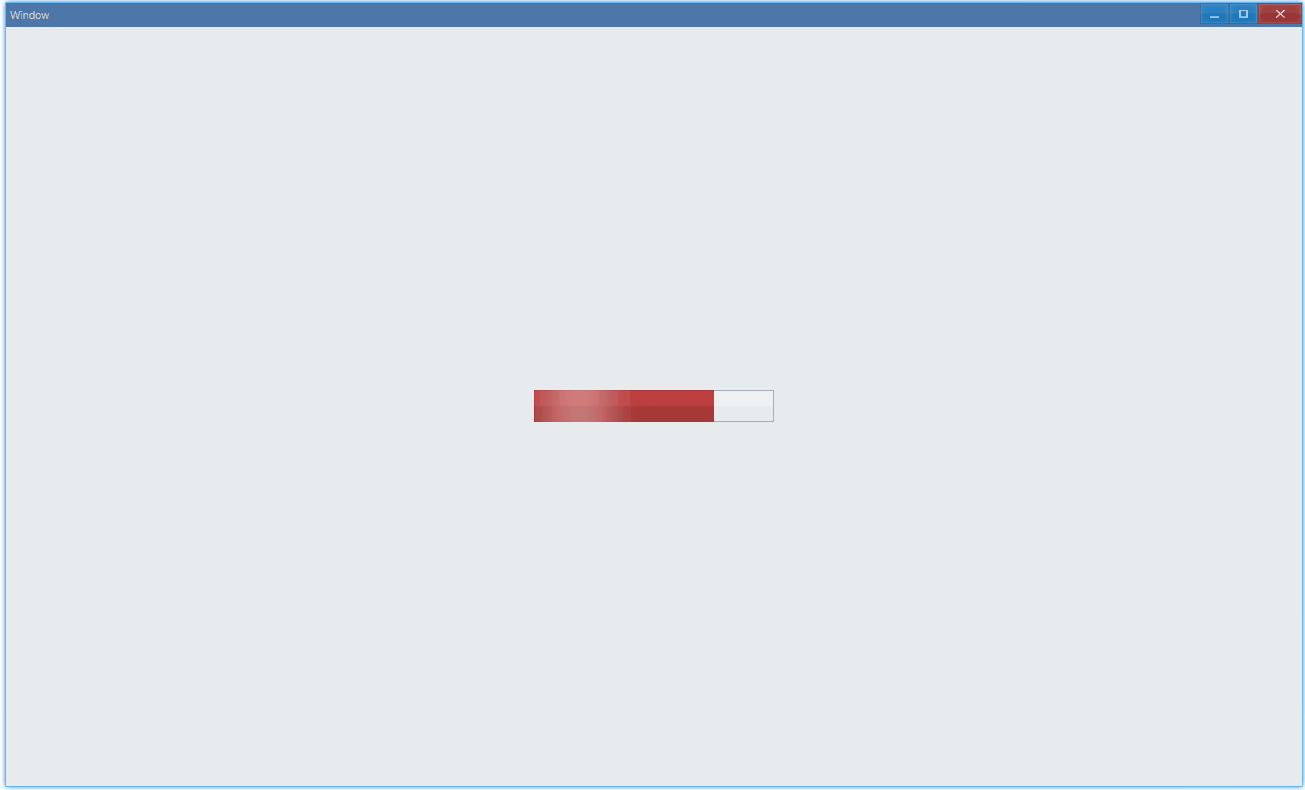
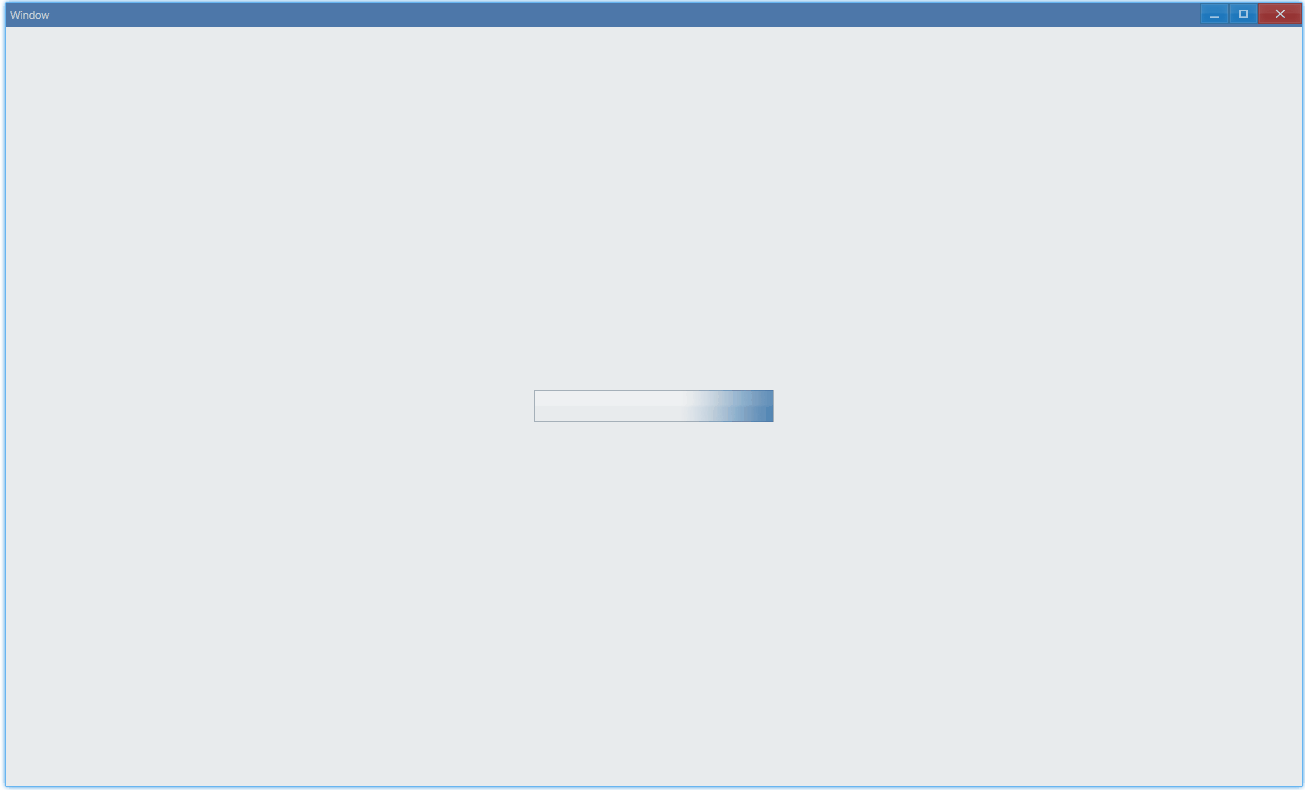
API#
export enum ProgressBarState { Normal, Paused, Error, Pulse, None,}Step#
export function App() { const [value, setValue] = useState(0); useEffect(() => { setInterval(() => { if (value < 100) { setValue((prev) => prev + 1); // step is 1 } }, 100); }, []); return ( <Window> <DemoLayout> <Progress value={value}></Progress> </DemoLayout> </Window> );}This example shows how to implement loading:
